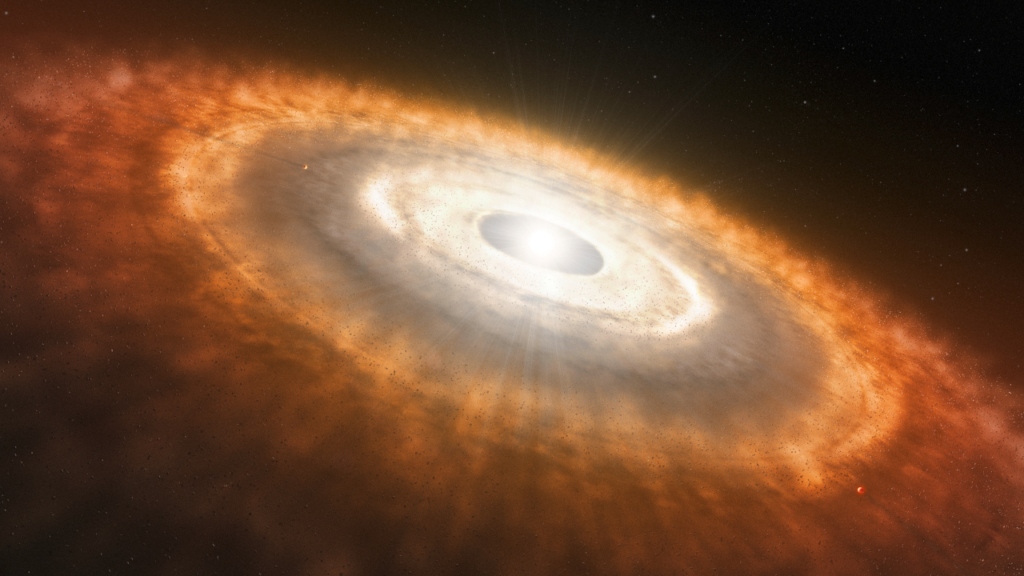
The James Webb Telescope has helped an international team of astronomers discover an observation of water and other molecules in a rocky planet forming regions in the most extreme environments in our galaxy.
These results suggest that the conditions for terrestrial planet formation can occur in a possible broader range of environments then we thought.
This is only the first result of the eXtreme Ultraviolet Environments (XUE) James Webb Program, which focuses on the characterization of planet-forming disks. These are basically vast, spinning clouds of gas, dust, and chunks of rock where planets form and evolve. The XUE program targets a total of 15 disks in three areas of the Lobster Nebula (also known as NGC 6357), which is about 5,500 light years from us.
The Lobster Nebula is one of the youngest and closest star formation complexes, and is host to some of the biggest stars in our galaxy. Thanks to the James Webb telescope, astronomers can study the effect of UV radiation on the inner rocky-planet forming regions of proplanetary disks around stars like our sun.
Image Source: NASA/ESO/L. Calcada